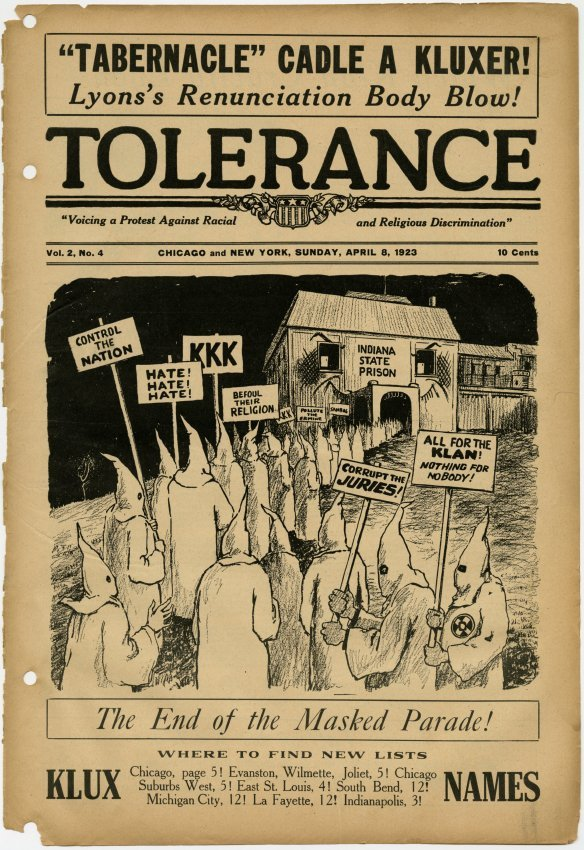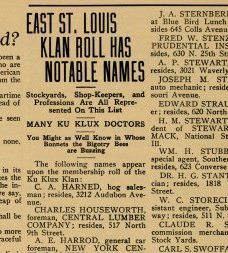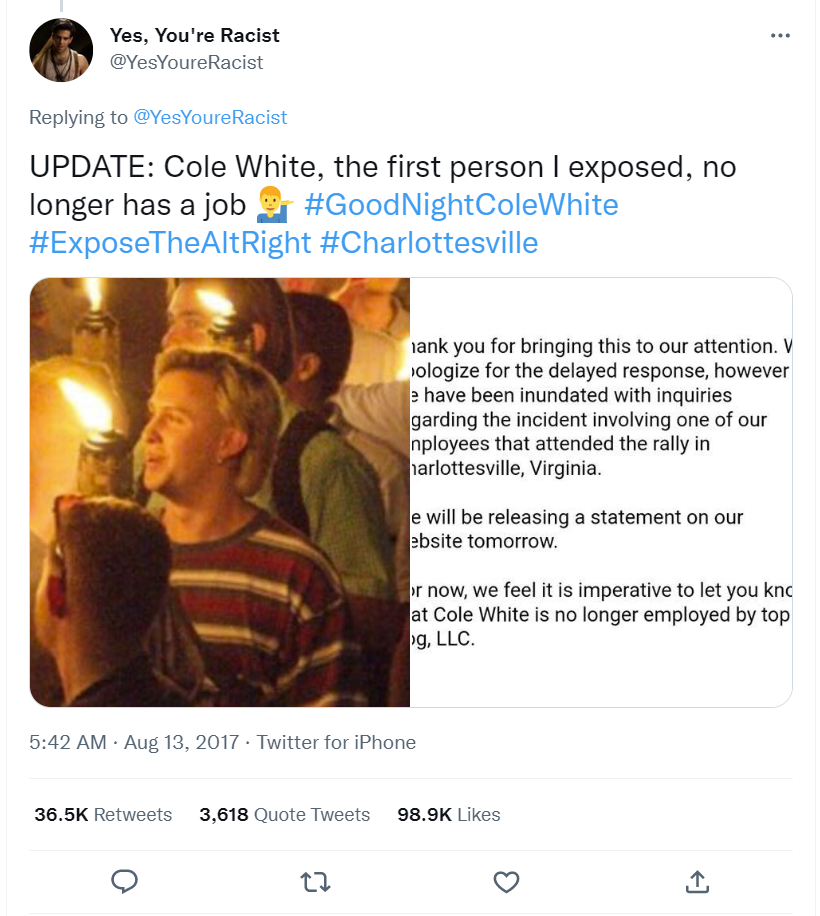Justifying Harassment
Contents
17.5. Justifying Harassment#
So let’s look at how harassment gets justified.
One research paper (Morally Motivated Networked Harassment as Normative Reinforcement) suggests a process that often happens with online harassment, where the harassers feel their actions are justified. They say these play out as follows:
A target is identified as breaking the norm of a community (often not their own community, so this is a case of context collapse). This provides a justification for people to harass the target.
A key social media account (the amplifier), promotes the accusation in their community (again, often not the one the target is in).
The amplifier’s audience then harasses the target.
The target experiences negative emotions (stress, depression, etc.), and self-censors and withdraws. The targets’ speech (and others who might have said something similar) is therefore silenced.
The amplifier’s network found a common enemy and cause, and this reinforces their values and norms.
Does this sound bad? Let’s look at some more specific examples and see what you think.
17.5.1. Examples Attempts at Justifying Harassment#
Doxing Racist Organization Members#
We’ll start in a time before the Internet:
The Ku Klux Klan (KKK) is an American white-supremacist terrorist organization known to harass and murder Black people and others. Members of the KKK keep their identity secret by wearing white robes and hoods over their faces. Often influential and powerful members of society were part of the KKK, such as police officers and government officials.
In the 1920s, a magazine colled Tolerance published lists of members of the KKK and their addresses, what we would now call “doxing.” They hoped to end the hateful and violent KKK organization.

Fig. 17.1 Tolerance magazine from 1923.#

Fig. 17.2 Part of the East St. Louis list of KKK members.#
As a more recent event on internet-based social media, we find Twitter users trying to identify participants at a white supremacist rally:

Fig. 17.3 Results of the modern doxing campaign#
Related: Is it ethical to punch a Nazi?
The Lion-Killing Dentist#
In 2015, a US dentist named Walter Palmer went to Zimbabwe, lured a lion out of a protected area, and killed it. Many people were upset about this, and that there seemed to be no legal consequences for Dr. Palmer.
Angry people sent a surge of traffic to Dr. Palmer’s website, which was taken offline. Vitriolic reviews flooded his Yelp page. A Facebook page titled “Shame Lion Killer Dr. Walter Palmer and River Bluff Dental” drew thousands of users. Dr. Palmer’s face was scrubbed from industry websites.
Dr. Palmer later apologized for killing the lion, but then in 2020, he went to Mongolia and killed a protected wild ram.
Billionaires#
One phrase that became popular on Twitter in 2022, especially as Elon Musk was in the process of buying Twitter, was: “It is always morally correct to bully billionaires.” (Note: We could not find the exact origins of this phrase or its variations). This is related to the concept in comedy of “punching up,” that is, making fun of people in positions of relatively more power.
Trolling#
We already mentioned this in the trolling chapter, but we thought we’d copy it here again, but this is one troll’s justification for trolling:
The purpose of the community … I guess is to exchange ideas and techniques, and to plan co-ordinated trolling. The underlying philosophical purpose or shared goal, anyway, would be to disrupt people’s rosy vision of the internet as their own personal emotional safe place that serves as a proxy for real-life interactions they are lacking (i.e. going online to demonstrate one’s grief over a public disaster like Japan [2011 Tsunami] with total strangers who have no real connection to the event).
Gamergate#
Gamergate was a harassment campaign in 2014-2015 that targeted non-men in gaming: Zoë Quinn, Brianna Wu, and Anita Sarkeesian. The harassment was justified by various false claims (e.g., journalistic malpractice), but mostly motivated by either outright misogyny or feeling threatened by critiques of games/gaming culture from a not straight-white-male viewpoint. The video below talks about how two factions within gamergate fed off each other (you can watch the whole gamergate series here)
17.5.2. Reflection Questions#
When do you think crowd harassment is justified (or do you think it is never justified)?
Do you feel differently about crowd harassment if the target is rich, famous, or powerful (e.g., a politician)? Do you feel differently about crowd harassment depending on what the target has been doing or saying?
